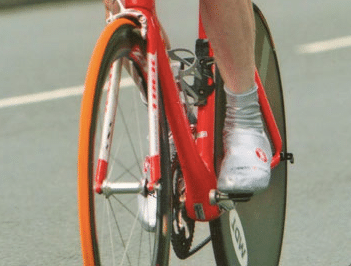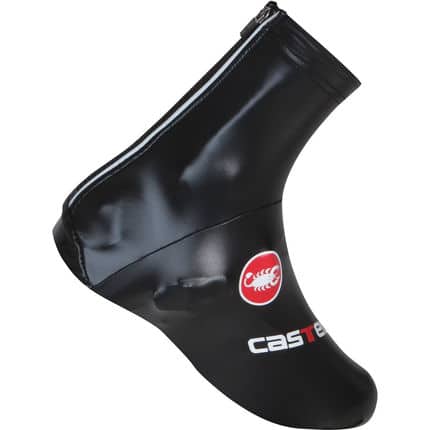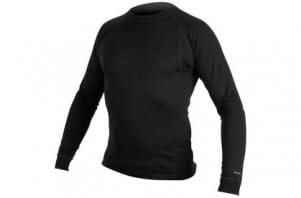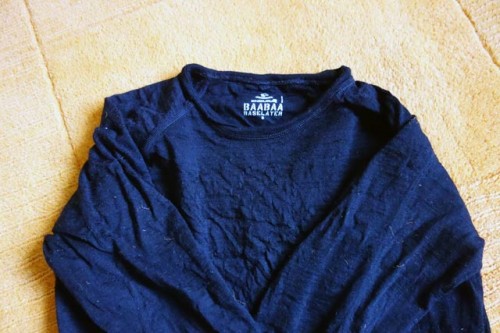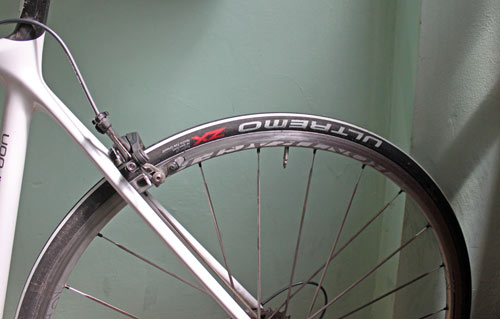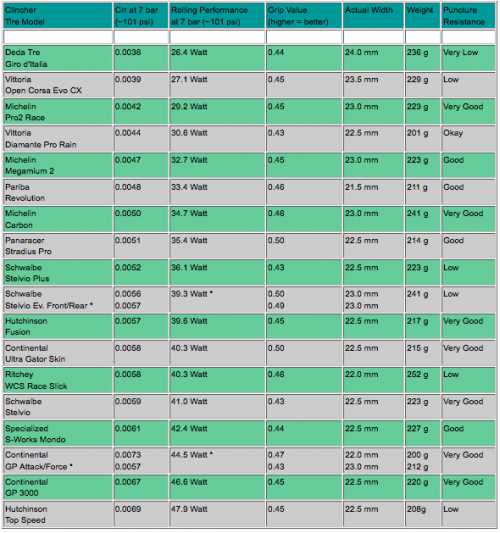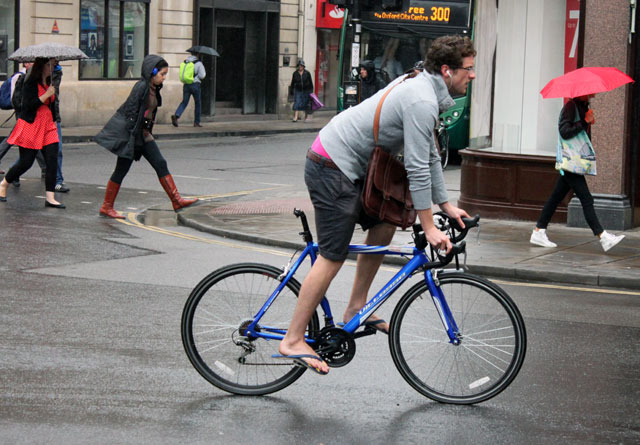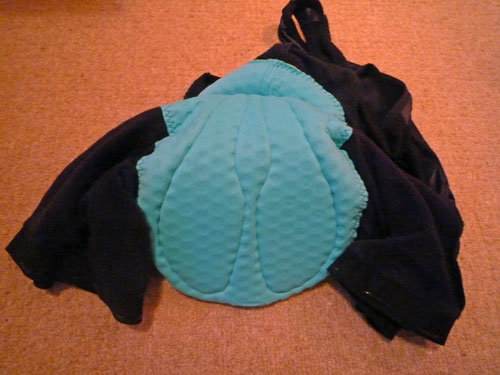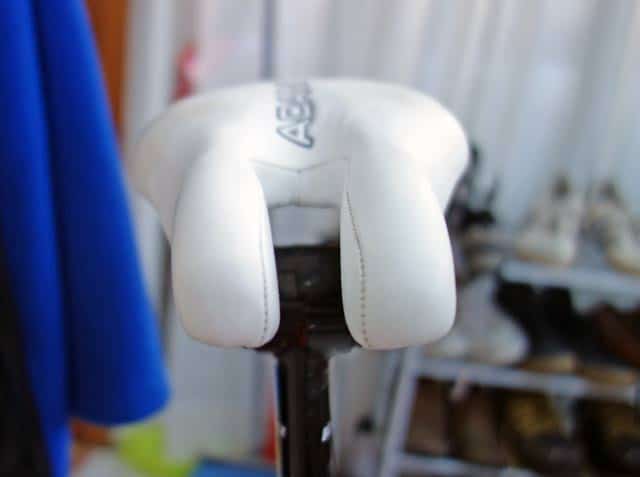When cycling any distance food and nutrition plays an important role. The most important things are
- Taking on enough food and energy to sustain energy levels during the ride.
- Eating the right combination of foods to fuel both the ride and recovery.
- Long term nutrition, which helps promote good health to sustain high intensity training and nutrition.
The three main types of energy
- Carbohydrate – the main source of energy whilst cycling.
- Protein – important in recovery. Can play some role in fuelling a ride.
- Fats – Good in the correct proportions. Not recommended to take whilst riding very hard, but on long rides, is fine in suitable proportions
Glycaemic Index.
In short ,the GI of a food tells you how quickly it converts into sugar. It is useful to know the GI of foods. As a quick rule of thumb, limit very high GI foods unless you are in the process of riding.
- A low GI, like oats (26) is ideal for breakfast, giving a long slow release of energy throughout the day, without energy spikes.
- A high GI gives an immediate release of sugar e.g. pure glucose has a GI of 100. High GI foods are OK, whilst riding, because the sugar will be used straight away. But, it is still advisable to take a mix of GI Index when riding – using both complex carbs and simple sugars.
- However when stationary, high GI foods cause spikes in blood sugar that raise insulin levels to store it. Big spikes in blood sugar levels are not helpful to maintaining constant energy levels.
Food pre-ride / Breakfast
A typical cyclists’ breakfast is porridge / muesli. Oats are a very good food because they have a low glycaemic index; also they are gluten-free and can be easier to digest than a heavy wheat based diet. I am not gluten intolerant. But, I still like to take gluten free carbohydrates.
I choose a muesli without sugar added. I have quite a sweet tooth, but I don’t like sugar in my breakfast cereal as it is unnecessary. It is better to have foods with low GI for breakfast. To sweeten the porridge – honey or some chopped natural fruit is the best.
If it was a really long ride, then I may take some eggs for breakfast during the ride as well.
Pasta for breakfast? There was a time when I though pasta was the holy grail. I heard Procyclists took pasta for breakfast so I did too. But, now I hear that is quite rare. I never fancy pasta for breakfast.
Things to avoid pre-ride
- High GI snacks
- Excess fibre
- Excess fatty foods.
- Spicy foods
- Very heavy doughy foods (like Pizza is)
- Red Meat (the days of pros eating rare steaks before long rides are long over)
- Anything you’re not used to eating.
When to eat before cycling?
It depends on the effort involved. If it is a steady ride, then I can go out soon after eating breakfast. If I’m racing, I don’t take solid foods for 2-3 hours before the race. If it is a moderate intensity, like a sportive, an hour before should be fine.
Carbo Loading
Carbo loading is the attempt to fill the body with carbohydrate for the day of a big race. It may be useful for a rider doing a one-off ultra distance ride. Generally, it involves have 3 days of low carb consumption, followed by a day of heavy carb consumption, the day before. This can increase your weight as you take on more water and energy. Bear in mind,
If you eat much more food than usual, it can put too much pressure on the stomach, causing problems on the morning of the race.
Carb loading is not really used by pros, because they are racing on consecutive days anyway.
I only practise carb loading in moderation. If I have a long race, I will make sure I take a good amount of complex carbs, the night before. I keep a usual evening meal, but perhaps a bowl of oats for supper or possibly extra carbs as liquid food.
Food during the ride
During a ride, you need to take a lot more calories than usual. It is helpful to have a rough idea how many extra calories you will be burning. This will depend on your weight, duration and effort level.
I have written in more detail at energy consumption during a ride. But, to summarise,
The body can absorb around 60-80 grams of carbohydrate per hour.
- Therefore, for optimal energy replacement, this should be a target. This means you should try and take 2-3 units of energy (25g energy bars) per hour.
- For 1-2 hour rides, you will have enough energy stored not to really need much food. But, for long rides of 3-4 hour+, you need to start fuelling from the first hour to maximise energy uptake.
Food on a ride
Maltodextrin – a good complex carbohydrate, which is the most popular ingredient in sports energy drinks. Sometimes I like to have just plain maltodextrin. It is easy on the stomach and avoids problems associated with high fructose. I buy this Torq natural organic energy – which is 97% maltodextrin. Torq energy at Wiggle
Fructose / maltodextrin 2:1. Energy drinks now often have a mix of maltodextrin and fructose, some studies suggest this can enable a higher level of carbohydrate uptake because the gut can process fructose and maltodextrin separately, and so is good for long rides. Just be careful not to overdo the fructose consumption, it can cause digestion problems. High 5 2:1 energy drink 1 Kg currently just £9.99
Carb – Protein 4:1 Another energy power mix is Four parts carb to 1 part protein (usually way protein). Studies suggest this can help for long distance endurance riding. The protein can be used as a source of fuel. It can also help the recovery process towards the end of a ride. I have bought a few boxes of 4:1 sachets. If I have 4 bottles of energy drink. I may have this for the 3rd or 4th bottle. I wouldn’t use for short distance, as I would prefer just a carb solution. High 5 4:1
Electrolyte / carb drinks. Quite a few energy drinks are marketed as ‘electrolyte drinks’ These are energy drinks which generally have higher levels of salts (electrolytes) and relatively lower percentage of carbs. I rarely get too hot on the bike, so only really need these in the height of summer or abroad. Again, I would be unlikely to just rely on electrolytes. For example, if I had a long ride, I may save the electrolyte drink for later in the day when it really hots up and it gets very sweaty.
GI index. During a ride you don’t have to worry about the GI of foods as much. For a short 2 hour race, I would take just mainly high GI foods. For a long ride, it is still good to get a mixture of food and slow release carbs, like oat based cereal bars.
Energy Bars
I take a lot of different energy bars. I don’t really have a favourite brand. Though I often buy boxes of 24 powerbars and 24 Torq bars. As well as these more expensive energy bars, you can take some cheaper bars that you find in a supermarket, like Nutrigrain and Fruesli bars. There energy composition is often quite similar to bars which cost twice as much.
There is a more in depth review of energy bars here.
Other non-specific Energy foods
- Banana – The cyclists’ food. Ideal for popping in back pocket. Good source of Carb, relatively high GI of 65. Lower GI if more green and less brown.
- Malt loaf – A good complex carb source. Gives you something solid to chew on. Not the easiest thing to eat, but can make a nice change on long rides.
- Figs – I’ve never seen attraction of taking figs during a ride, but it’s often mentioned.
- Marmalade sandwiches. Never did Obree any harm.
Recovery foods
After a ride, the first hour is very important to get good nutrition. During the first hour, the body is most receptive to absorbing nutrition. It is a mistake to wait for a long time to start refuelling. If it was particularly hard, I like to take a recovery drink because.
- Easy to absorb.
- Helps rehydrate.
- You don’t always feel like eating after a big effort.
- Keeps you going until you’ve had time to prepare food.
Quite often I start with recovery drinks food towards the end of a long ride. I like these protein recovery bars, I may have this at the last hour of a long ride. Recovery drinks can come in the form of Soy or Whey / milk powder. Again, I have both, I’ve used SIS recovery which is Soya.
Post ride meals
There is no hard and fast rule about what to eat after a ride. I try to get a good balanced meal – carbs, protein, fats, fresh vegetables. I like lentils for a low GI and mix of carb and protein. Usually I take with vegetarian (tofu/ quorn) sausages and quite a lot of vegetables.
One very rough rule of thumb is that a colourful plate is likely to have a good range of nutrition (excluding the tomato and brown sauce)
Cheaper recovery food drink
- Milk – is an excellent recovery drink, unfortunately, I just don’t like drinking straight milk.
- Coconut Water – excellent for de-acidifying the stomach after long ride.
Training and food uptake
Food intake depends on the rider in question. An experienced rider will train the body to better and burning fat. Therefore, they can get by on less carb intake than an untrained cyclist.
Long term nutrition
Western diets can be unhealthy, unless we are careful. There is a lot to be said for avoiding processed / fast food and eating a well balanced diet, with plenty of fresh fruit and vegetables. If you eat a balanced diet, you should gain the trace minerals and vitamins that the body needs. Many riders like to take vitamin supplements on the basis that you can ensure you don’t miss out. Personally, I always buy and then forget to take.
Supplements for cycling?
Are there any supplements worth taking? Some suggest Beetroot juice and Beta Alanine. – see Supplements
Managing a balanced diet is the best way for long-term weight maintenance.
Related pages
- Energy consumption during a ride
- Energy bars for cycling



